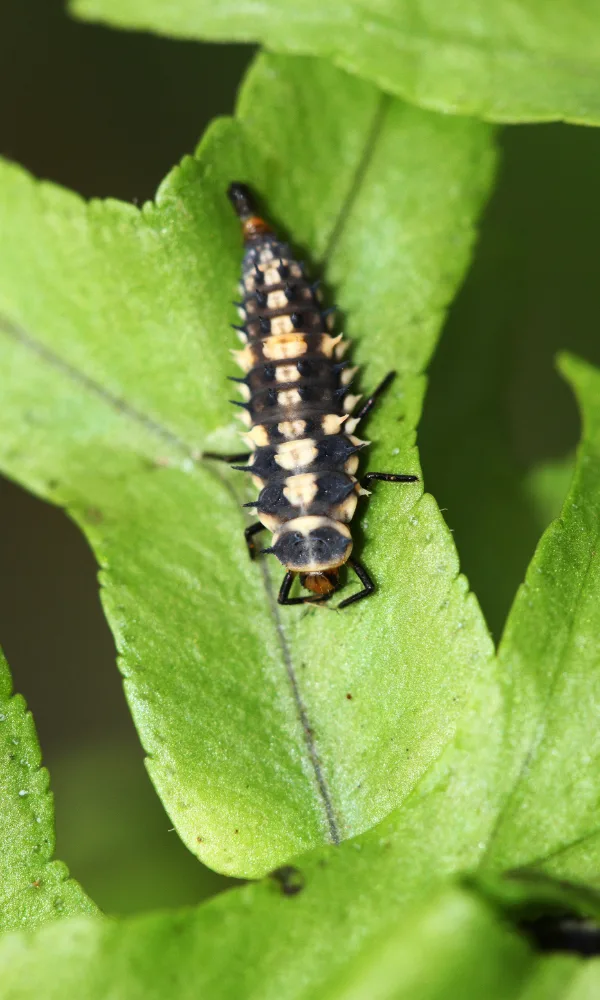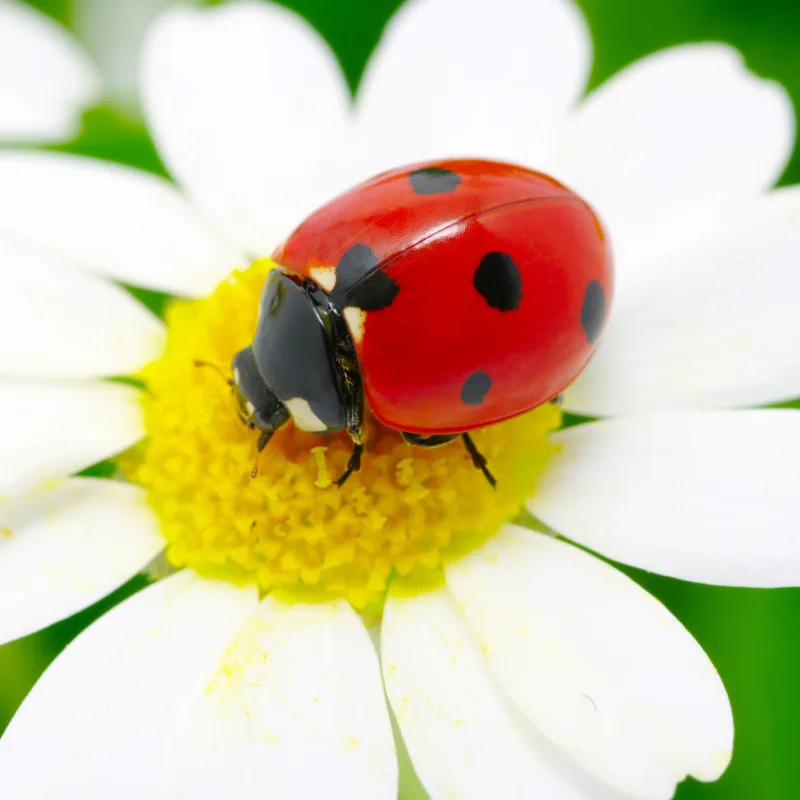Ladybugs, also known as ladybirds, are beloved insects that are often seen as a symbol of good luck. But have you ever wondered about the life cycle of these colorful creatures? From egg to adult, the journey of a ladybug is fascinating and full of surprises.
In this guide, we'll take you through each stage of the life cycle of a ladybug, from the moment it hatches to the time it becomes a fully grown adult.

Life Cycle of a Ladybug
The Egg Stage
The life cycle of a ladybug begins with the egg stage. Female ladybugs lay their eggs on the underside of leaves, usually near a food source such as aphids or other small insects. The eggs are small, yellow or orange in color, and oval-shaped.
It takes about 3-5 days for the eggs to hatch, depending on the temperature and humidity of the environment. Once the eggs hatch, the ladybug larvae emerge and begin their journey to adulthood.

The Larva Stage
The larva stage is the second stage in the life cycle of a ladybug. Ladybug larvae are long, black or gray, and have spines or bumps on their bodies. They look nothing like adult ladybugs and are often mistaken for pests.

However, they are actually beneficial insects that feed on aphids and other small insects. Ladybug larvae go through several molts as they grow, shedding their skin and growing larger each time. This stage can last anywhere from 2-4 weeks, depending on the availability of food and environmental conditions.
The Pupa Stage
After the larva stage, the ladybug enters the pupa stage. During this stage, the ladybug transforms into its adult form.
The pupa is usually attached to a leaf or stem and is covered in a hard, protective shell. Inside the shell, the ladybug undergoes a complete metamorphosis, developing wings, legs, and its characteristic red and black coloring.
This stage can last anywhere from 5-7 days, depending on the species and environmental conditions. Once the transformation is complete, the adult ladybug emerges from the pupa and begins its journey as a fully-formed insect.

The Adult Stage
The adult stage of a ladybug's life cycle is when it reaches its full size and is capable of reproducing. Adult ladybugs can live for up to a year and during this time, they will mate and lay eggs. Ladybugs are known for their bright colors, which serve as a warning to predators that they are toxic and should not be eaten.
They also have wings that allow them to fly and search for food, which consists mainly of aphids and other small insects. Ladybugs are important predators in many ecosystems and play a vital role in controlling pest populations.
How Long do Ladybug Eggs Take to Hatch?
Ladybug eggs typically take between 3 to 10 days to hatch, depending on factors like temperature and humidity. Warmer conditions usually speed up the hatching process, while cooler environments may delay it. After hatching, the larvae emerge and go through several stages before becoming adult ladybugs.
Facts about Ladybugs
- Ladybugs are a type of beetle that is part of the Coccinellidae family.
- There are over 5,000 species of ladybugs around the world.
- Ladybugs are also known as ladybirds or ladybeetles.
- The vast majority of ladybug species are predators and help to control populations of harmful insects.
- Ladybugs are found on every continent except Antarctica.
- The most common color for a ladybug is red with black spots, but they can also be yellow, orange, or black.
- Ladybugs typically only live for one to two years.
- Female ladybugs can lay up to 1,000 eggs in their lifetime.
- Ladybugs are attracted to gardens and crops as they provide a food source in the form of aphids and other small insects.
- In many cultures, ladybugs are considered to be good luck symbols
